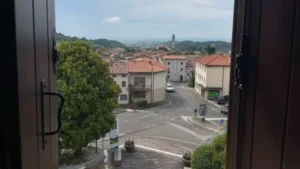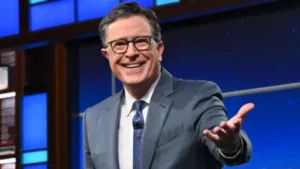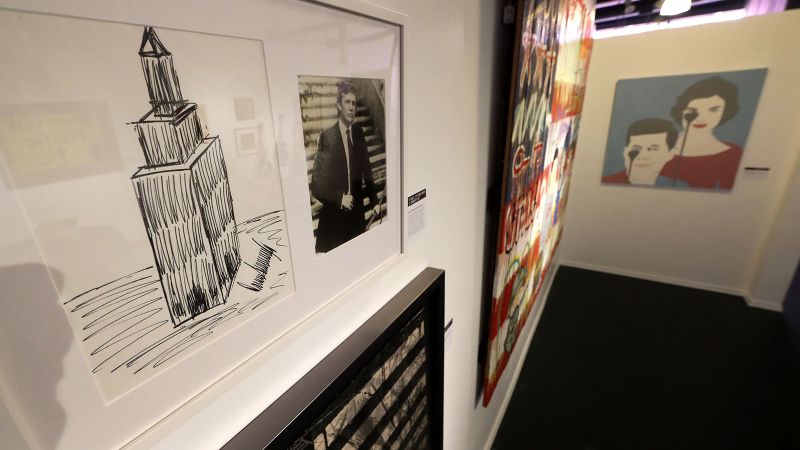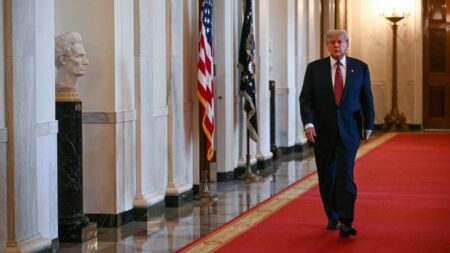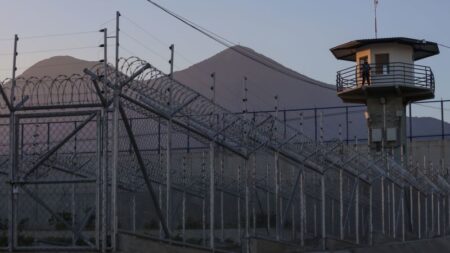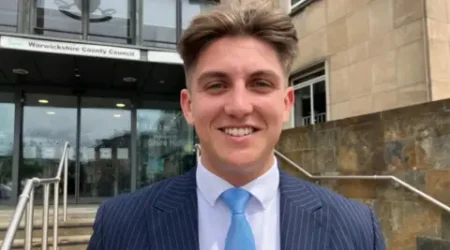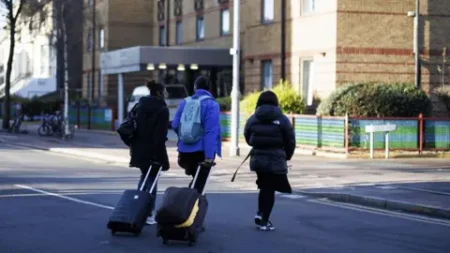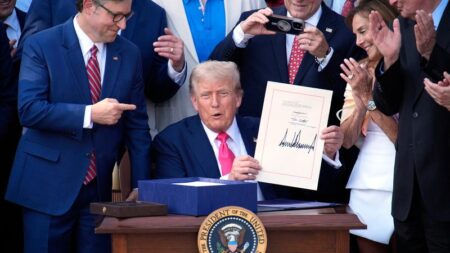The recent revelation of a 2003 letter addressed to Jeffrey Epstein, which notably included Donald Trump’s name alongside an outline of a naked woman, has ignited a controversy and prompted a firm denial from the former president. The situation escalated following a report from the Wall Street Journal that scrutinized the contents of this letter, leading Trump to vehemently deny any involvement in creating or even endorsing such imagery.
In response to the existing claims, Trump asserted, “I never wrote a picture in my life. I don’t draw pictures of women.” This strong rebuttal was not limited to just verbal statements; he reiterated his position on social media platform Truth Social, stating, “I don’t draw pictures.” His firm denial, however, contrasts sharply with evidence that suggests otherwise from various credible sources.
Notably, Dr. Lowery Lockard, a charity director, provided insight into an incident from 2004 where Trump contributed two signed drawings for an Iowa-based charity auction. She expressed her surprise at the artistic quality of his sketches, noting that they demonstrated a level of craftsmanship she had not anticipated from the high-profile business mogul and reality television star. “It was somebody we reached out to,” Lockard remarked, reflecting on the unexpected nature of Trump’s participation.
The existence of these drawings has raised significant questions about Trump’s categorical denial of his artistic capabilities. Even his eldest son, Donald Trump Jr., corroborated his father’s claims, stating he had never seen his father engage in doodling. However, as new details emerge, the credibility of such denials seems to be waning.
In a statement addressing the Wall Street Journal’s report, White House spokesman Steven Cheung remarked, “As the President has said, the Wall Street Journal printed fake news and he doesn’t draw things like the outlet described.” Yet, the collected evidence, including the drawings authenticated by Lockard, suggests a pattern contrary to Trump’s claims.
In Lockard’s charity auction of 2004, approximately 150 drawings were solicited from celebrities who received a “doodle kit” to create any artwork they desired. Trump’s contributions featured sketches of the New York City skyline, fitting with his grand urban persona. Lockard confirmed that all celebrities, including Trump, signed waivers, allowing their work to be sold, and she maintains his authentication records, further complicating his denial of artistic involvement.
When queried about Trump’s specific denial, Lockard, appeared ambiguously puzzled. She noted, “‘Wrote a picture’ is a little bit different than drawing a doodle, I guess. I’m not exactly sure what that terminology means.” She verified that Trump created his piece with a gold Sharpie, which has become a distinctive hallmark in his doodles.
Other pieces attributed to Trump have indeed reached auction houses, fetching impressive sums. For instance, a drawing depicting a tree from which dollar bills appear to fall, signed “Donald Trump” with a gold Sharpie, sold for $8,500. Additionally, another sketch of the Empire State Building garnered $16,000 at Julien’s Auctions in Los Angeles back in 2017. That same year, a minimalist depiction of the New York City skyline, also signed in gold marker, sold for an astounding $29,184.
One of the auctioned drawings from 2004 has since been donated back to charity and is poised to be auctioned again in September, promising to not only attract attention but potentially fetch a significant price, with estimates starting at $10,000. Lockard emphasized the potential value of the drawing, stating, “This should raise a pretty penny,” and labeling it as “a great doodle.”
Ergo, as scrutiny increases, the ongoing saga of Trump’s artistic talents—or the lack thereof—continues to unfold, not merely posing questions about his credibility but also about the broader implications of his denial in a complex landscape of public perception and media narratives.

